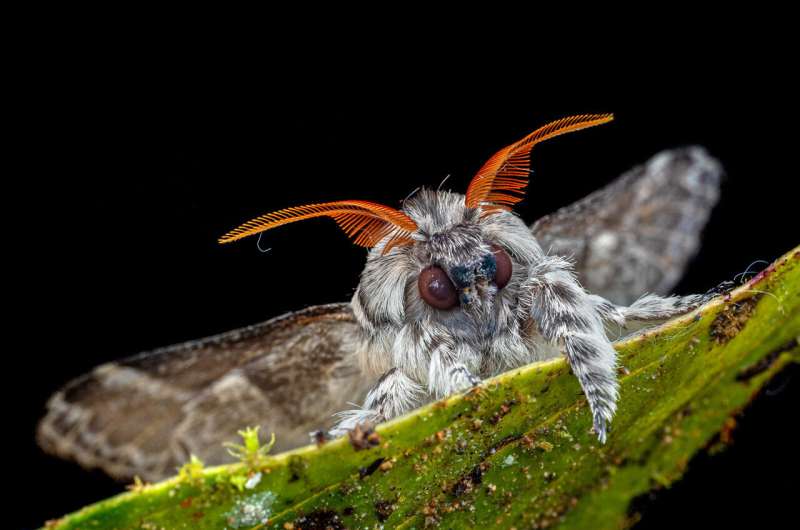A global study has finally shed light on the activities of insects at different times of the day. These creatures were found to be three times more active at night.
Such a determination had not been made until now because the commonly preferred methods of sample collection are not effective enough. For example, an insect trapping scoop catches immobile insects, while traps using light do not work during the day.
To tackle this challenge, researchers from the University of Western Australia drew on a wealth of research into methods used to capture insects in motion.
Using 99 studies from 1959 to 2022, scientists analyzed data from more than 3 million insects. The habitats of these animals ranged from tropical forests to temperate, from arid grasslands to aquatic ecosystems. Dr. Mark Wong, who led the study published in the peer-reviewed journal Nature Communications, explains the research results in the following words:
Our global analysis not only shows that insect activity increases by an average of one-third (31.4 percent) overnight, but also reveals the key ecological factors driving patterns in insect activity across the globe.
The study found that insects such as mayflies, stink bugs, moths and earwigs were more numerous at night, while thrips, bees, wasps and ants were more numerous during the day.
Also, insects in rivers and streams were more active at night, while those living on land were more active during the day. Especially in savanna and grassland areas, the number of active insects sometimes tripled during the day. Dr. Wong attributes this variability to the insects’ efforts to stay away from animals that would hunt them:
Fish tend to prey on aquatic insects during the day, while nocturnal animals like bats make life on land more dangerous in the dark.
Underlining the role played by temperature, the researchers noted that especially in warmer regions of the world, insects’ nocturnal activity peaks as they seek to escape the sweltering weather.
“The warming trend in the hottest parts of the world, such as the tropics, could further reduce the activity of nocturnal insects, which are already struggling to cope with the heat,” warns Wong, who also highlights the dangers that global warming poses to these creatures.
On top of that, artificial lighting harms nocturnal insects and disrupts their natural behavior in ecosystems.
Researchers emphasize that such research should continue in order to protect biodiversity.
Phys.org, Discover Wildlife, Nature Communications


